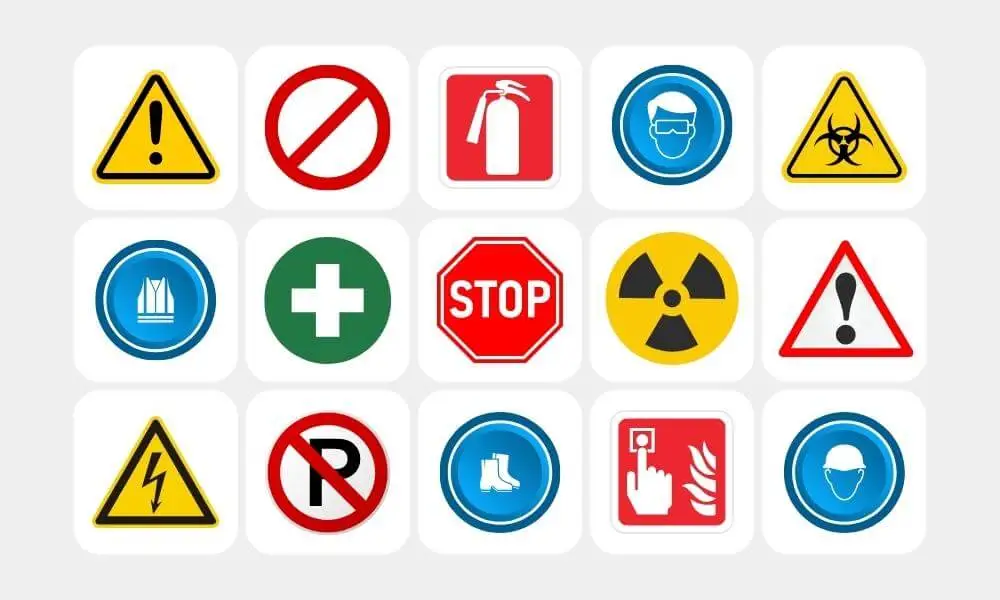In light of the current global health crisis, many of us have become more aware of the importance of a healthy living environment. One of the most significant dangers is mold toxicity, which has led to fatal lessons in this pandemic. This article will explore the top 10 warning signs of mold toxicity that your home might be toxic due to mold, providing you with valuable insights to safeguard your health and well-being.
What is Mold Toxicity?
Mold toxicity, also known as mold illness or mold poisoning, occurs when individuals are exposed to high levels of mold spores and mycotoxins. These harmful substances can lead to various health issues, ranging from mild allergic reactions to severe respiratory conditions and neurological problems. Understanding the signs of mold toxicity is essential for maintaining a healthy living environment.
1. Unexplained Allergic Reactions
Persistent Allergy Symptoms
- Sneezing, runny nose, and itchy eyes
- Symptoms that worsen indoors
- No improvement with typical allergy treatments
Mold spores can trigger allergic reactions in susceptible individuals. If you experience persistent allergy symptoms that seem to worsen when you’re at home, it could be a sign of mold toxicity. Pay attention to symptoms like sneezing, a runny nose, and itchy eyes, especially if they don’t improve with standard allergy medications.
2. Chronic Respiratory Issues
Breathing Difficulties and Asthma
- Shortness of breath
- Worsening asthma symptoms
- Frequent coughing and wheezing
Mold exposure can exacerbate respiratory problems, leading to chronic issues like shortness of breath, asthma, and frequent coughing or wheezing. If you or your family members are experiencing these symptoms without a clear cause, mold could be the culprit.
3. Unusual Odors
Musty Smell in Your Home
- Persistent musty or earthy odor
- Smell concentrated in specific areas
- No visible source of the smell
A persistent musty smell in your home, especially in areas like the basement, bathroom, or attic, can indicate the presence of mold. This odor is often described as earthy or damp and is caused by the volatile organic compounds (VOCs) released by mold colonies.
4. Visible Mold Growth
Discolored Spots and Stains
- Green, black, or white patches on walls and ceilings
- Mold growth on furniture and fabrics
- Stains that keep reappearing after cleaning
Visible mold growth is an obvious sign of a mold problem. Look for discolored spots or patches on walls, ceilings, and other surfaces. Mold can appear in various colors, including green, black, or white. It’s essential to address visible mold immediately to prevent it from spreading.
5. Water Damage
Signs of Moisture Issues
- Peeling paint or wallpaper
- Water stains on walls and ceilings
- Warped or buckled flooring
Water damage is a common precursor to mold growth. If you’ve experienced leaks, flooding, or persistent humidity, your home is at risk. Look for signs of moisture issues, such as peeling paint, water stains, and warped flooring.
6. Health Problems in Pets
Unusual Symptoms in Animals
- Sneezing, coughing, or difficulty breathing
- Lethargy and reduced appetite
- Skin rashes or sores
Pets can also be affected by mold toxicity. If your pets exhibit unusual symptoms like sneezing, coughing, difficulty breathing, lethargy, or skin rashes, it may be due to mold exposure. Monitoring your pets’ health can provide additional clues about potential mold issues in your home.
7. Neurological Symptoms
Cognitive and Mood Changes
- Memory loss and difficulty concentrating
- Headaches and dizziness
- Mood swings and depression
Mold toxicity can affect the nervous system, leading to neurological symptoms such as memory loss, difficulty concentrating, headaches, dizziness, mood swings, and even depression. These symptoms can be severe and warrant immediate investigation of potential mold exposure.
8. Unexplained Skin Rashes
Dermal Reactions to Mold
- Itchy, red, or inflamed skin
- Rashes that don’t respond to typical treatments
- Symptoms improve away from home
Mold spores and mycotoxins can cause skin reactions in some individuals. If you develop itchy, red, or inflamed skin that doesn’t respond to typical treatments and improves when you’re away from home, mold could be the underlying cause.
9. Fatigue and Weakness
Chronic Fatigue Syndrome
- Persistent tiredness despite adequate rest
- Muscle weakness and joint pain
- Difficulty performing daily activities
Chronic fatigue and muscle weakness are common symptoms of mold toxicity. If you feel persistently tired and weak despite getting enough sleep and find it challenging to perform daily activities, mold exposure might be to blame.
10. Impact on Mental Health
Anxiety and Depression
- Increased anxiety and panic attacks
- Depression and irritability
- Sleep disturbances
Mold toxicity can have a profound impact on mental health, leading to increased anxiety, panic attacks, depression, irritability, and sleep disturbances. If you notice a decline in your mental well-being, consider evaluating your home for mold.
How to Address Mold Toxicity
Identifying and Removing Mold
- Conduct a thorough inspection of your home
- Hire professional mold remediation services
- Use dehumidifiers and air purifiers
If you suspect mold toxicity in your home, it’s crucial to take immediate action. Conduct a thorough inspection to identify mold growth and moisture issues. Consider hiring professional mold remediation services to ensure complete removal. Additionally, using dehumidifiers and air purifiers can help maintain a mold-free environment.
Preventing Future Mold Growth
- Fix leaks and moisture problems promptly
- Ensure proper ventilation in bathrooms and kitchens
- Regularly clean and dry high-humidity areas
Preventing future mold growth involves addressing moisture problems promptly, ensuring proper ventilation in high-humidity areas, and regularly cleaning and drying these spaces. Taking these preventive measures can significantly reduce the risk of mold toxicity.
FAQs
How do I know if my home has mold?
Look for signs such as persistent musty odors, visible mold growth, water damage, and health symptoms that worsen indoors. Conduct a thorough inspection and consider professional mold testing if necessary.
Can mold toxicity be treated?
Yes, mold toxicity can be treated by removing the source of mold exposure and addressing any health symptoms with the help of a medical professional. Detoxification protocols may also be recommended.
How can I prevent mold from growing in my home?
Prevent mold growth by fixing leaks and moisture issues promptly, ensuring proper ventilation, using dehumidifiers, and regularly cleaning high-humidity areas.
Is mold toxicity dangerous?
Yes, mold toxicity can be dangerous and lead to severe health issues, including respiratory problems, neurological symptoms, and chronic fatigue. It’s essential to address mold issues promptly.
What should I do if I find mold in my home?
If you find mold in your home, take immediate action to remove it. Consider hiring professional mold remediation services to ensure thorough removal and address any underlying moisture issues.
By being aware of these 10 crucial signs your home could be toxic, you can take proactive steps to protect your health and create a safe living environment. Remember, early detection and prompt action are key to preventing mold toxicity and its associated health risks.

